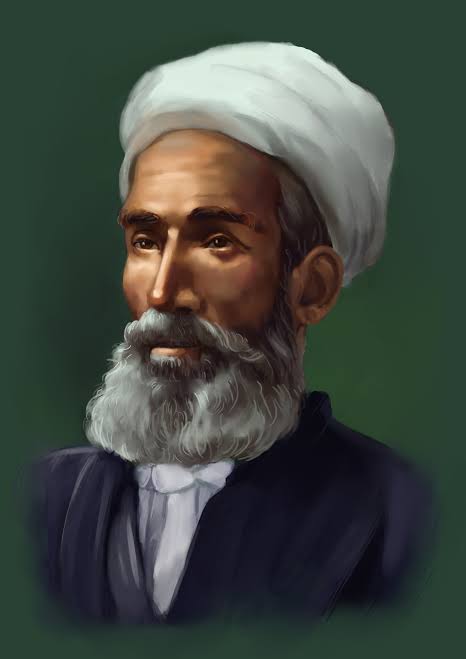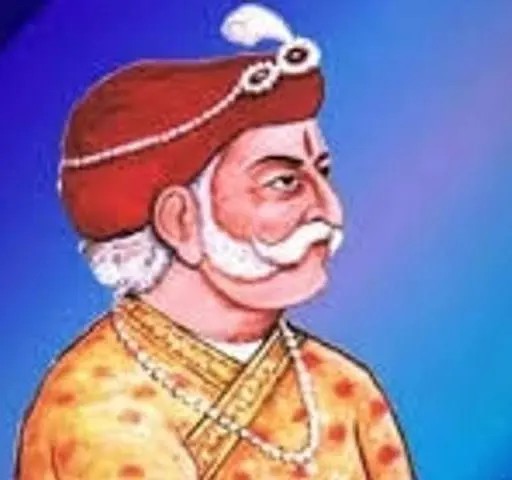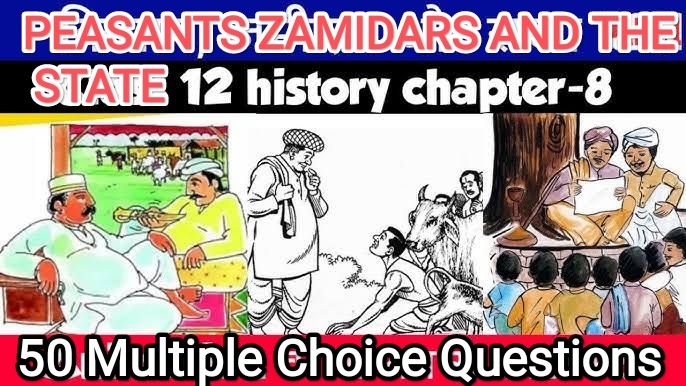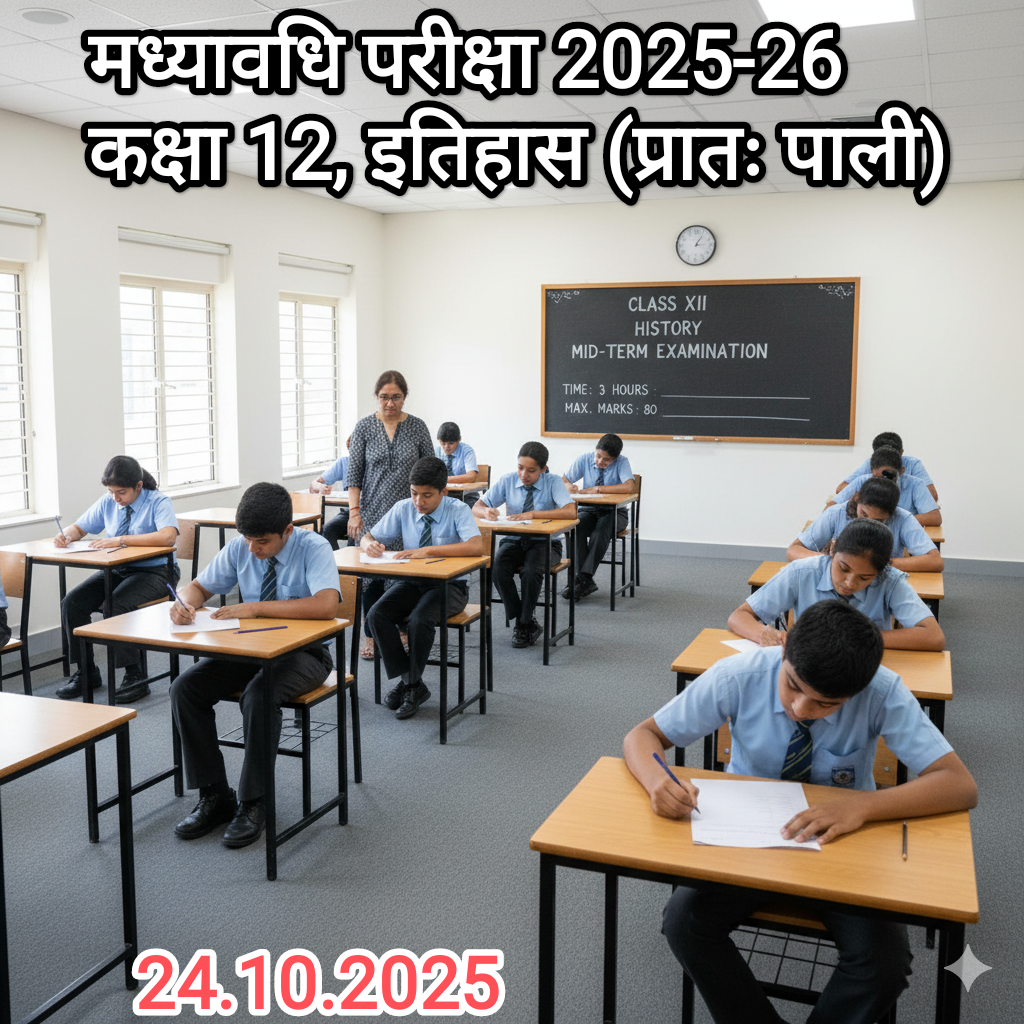CBSE Board pattern
Q1. Who authored the Ain-i-Akbari?
A) Akbar B) Abul Fazl C) Todar Mal D) Abdur Rahim Khan-e-Khana

Q2. Ain-i-Akbari primarily presents:
A) Revenue details B) Akbar’s empire vision C) Peasants’ data D) All of the above

Q 3. Watan Jagir refers to:
A) Local ruler’s region B) Land grant to Turk aristocracy C) Ulema jagirs D) None
Q4. Who helped Akbar in launching the budget system in 1562?
A) Adham Khan B) Todar Mal C) Abdur Rahim Khan-e-Khana D) Aitmad Khan

Q5. The Ahom kings hailed from:
A) Madhya Pradesh B) Bihar C) Orissa D) Assam
Q6. How many daftars (parts) does the Ain contain?
A) 3 B) 4 C) 5 D) 6
Q7. Which metal was most commonly used for Mughal coins?
A) Gold B) Silver C) Tin D) Copper
Q8. “Jins-i-Kamil” denotes:
A. Seasonal crop B. Kharif crop C. Rabi crop D. Perfect crop
Q9. Manzil-Abadi in the Ain relates to:
A) Royal household B) Military admin C) Revenue info D) All
Q10. Sipah-Abadi pertains to:
A) Civil/military administration B) Revenue C) Royal affairs D) Peasantry
Q11. Mulk-Abadi provides info on:
A) Administrative posts B) Crop yields C) Fiscal aspects D) Village layout
Q12. Which statement about the Mughal agrarian system is incorrect?
A) State supported irrigation B) Jins-i-Kamil was a Rabi crop C) New crops like maize arrived D) Peasants divided into khud-kashta and pahi-kashta
Q13. Zamindari consolidation occurred through:
A) Colonization B) Rights transfer C) State orders D) All of the above
Q14. Zamindars enjoyed high status because they:
A) Earned high income B) Held large lands C) Belonged to upper castes D) All of the above
Q15. “Peasants and landed elites both…” refers to:
A) 16th-17th century agrarian makeup B) Urban dominance C) British land policies D) Caste roles
Q16. A ‘little republic’ refers to:
A) Village autonomy B) Zamindar powers C) Provincial setup D) State bureaucracy
Q17. Peasants typically gave produce shares to:
A) Kings only B) Zamindars and state C) Merchants D) Foreign traders
Q18. The term ‘Pargana’ signifies:
A) Village unit B) Administrative subdivision C) Province D) Market area
Q19. Peshkash was:
A) Land tax B) Tribute C) Rice crop D) Mughal decree
Q20. Which is not a Mughal introduced crop?
A) Potato B) Tomato C) Maize D) Rice (native)
Q21. Milkiyat refers to:
A) Private land rights B) Tax revenue C) Village code D) Crop measure
Q22. Daftar in Mughal revenue context means:
A) Account/book B) Land unit C) Crop type D) Village council
Q23. The agrarian system under Mughals emphasized:
A) Village autonomy B) Central power only C) Merchant control D) Tribal rights
Q24. Peasants were classified as:
A) Permanent & temporary subjects B) Land owners & labourers C) Khud-kashta and pahi-kashta D) Agricultural and non-agricultural
Q 25. Khud-kashta means:
A) Non-resident peasant B) Resident peasant C) Landless D) Zamindar
Q26. Pahi-kashta means:
A) Migrant peasant B) Land owner C) Tax collector D) Teacher
Q27. The Mughal state maintained:
A) Land records B) Crop data C) Revenue data D) All
Q28. Mughal land revenue encouraged:
A) Over-irrigation B) Absentee zamindars C) Village productivity D) Peasant land rights only
Q 29. Village councils handled:
A) Community welfare B) Revenue collection C) Zamindar appointments D) Attack defense
Q30. Women in agrarian society played roles in:
A) Administration B) Crop planting C) Village committees D) Rarely acknowledged
Q31. Forests and tribes were:
A) Ignored in records B) Important to village administration C) Belonged to zamindars only D) Controlled by peasantry
Q32. Mughal agrarian policy was based on:
A) Caste structure B) Administrative records and revenue systems C) Religious norms D) Tribal customs
Q33. Budget in 1562 aimed at:
A) Centralized revenue B) Cheap tax C) Peasant welfare D) Military funding
Q34. Todar Mal is known for the:
A) Land survey system B) Budget reforms C) Introduction of new crops D) Military records
Q35. “A little republic” implies:
A. Self-governed villages B. Mughal democracy C. Zamindar republics D. Merchant councils
Q36. Revenue share was distributed among:
A) State only B) State and peasants C) State and zamindars D) Peasants only
Q37. Village autonomy was limited by:
A) State interference B) Mughal taxes C) Zamindar authority D) All of the above
Q38. .Aini explained Mughal:
A) Army structure B) Revenue, society, administration C) Temple rituals D) Foreign trade
Q39. State irrigation support helped:
A) Increase productivity B) Lower crop output C) Control peasants D) Reduce revenue
Q40. Mughal revenue records were:
A) Oral only B) Written (daftars) C) Imaginary D) Peasant-maintained
Q41. State-peasant relationship was:
A) Exploitative B) Non-existent C) Structured by laws and records D) Informal
Q42. The agricultural domain under Mughal rule relied on:
A) Caste divisions B) Administrative oversight and peasant cooperation C) Military enforcement only D) Merchant trade
Q43. Revenue reforms under Akbar included:
A) Zamindar appointments B) Permanent settlement C) Budget system and detailing (daftars) D) Railways
Q44. Zamindar consolidation methods included:
A) Purchase of lands B) State-granted rights C) Colonization D) All of the above
Q45. Zamindars owed loyalty to:
A) Peasants B) State C) Foreign traders D) Villages
Q46. Mughal land policy affected:
A) Only urban centers B) Agrarian society, records, administration C) Forests only D) Religious institutions
Q47. Village welfare included payments for:
A) Muqaddam and chowkidar B) Crop subsidies C) Zamindar salaries only D) Mughal grants
Q48. Mughal villages functioned as:
A) Economic units only B) Administrative, social, and economic microcosms C) Zamindar domains only D) Isolated settlements
Q49. New world crops introduced included:
A) Wheat B) Maize and tomato C) Sorghum D) Millets (native)
Q50. The Mughal agrarian structure was built on:
A) Caste systems only B) Records, administration, and productive villages C) Military dominance only D) Peasant coercion only
Answer Key
- B
- D
- A
- B
- D
- C
- B
- D
- A
- A
- C
- B
- D
- D
- A
- A
- B
- B
- B
- D
- A
- A
- A
- C
- B
- A
- D
- C
- A
- B
- B
- B
- A
- A
- A
- C
- D
- B
- A
- B
- B
- B
- C
- D
- B
- B
- A
- B
- B
- B







